
“On March 16, 2019, the first exhibition curated by Lena Ishchenko and me opened at Typography Center for Contemporary Art.
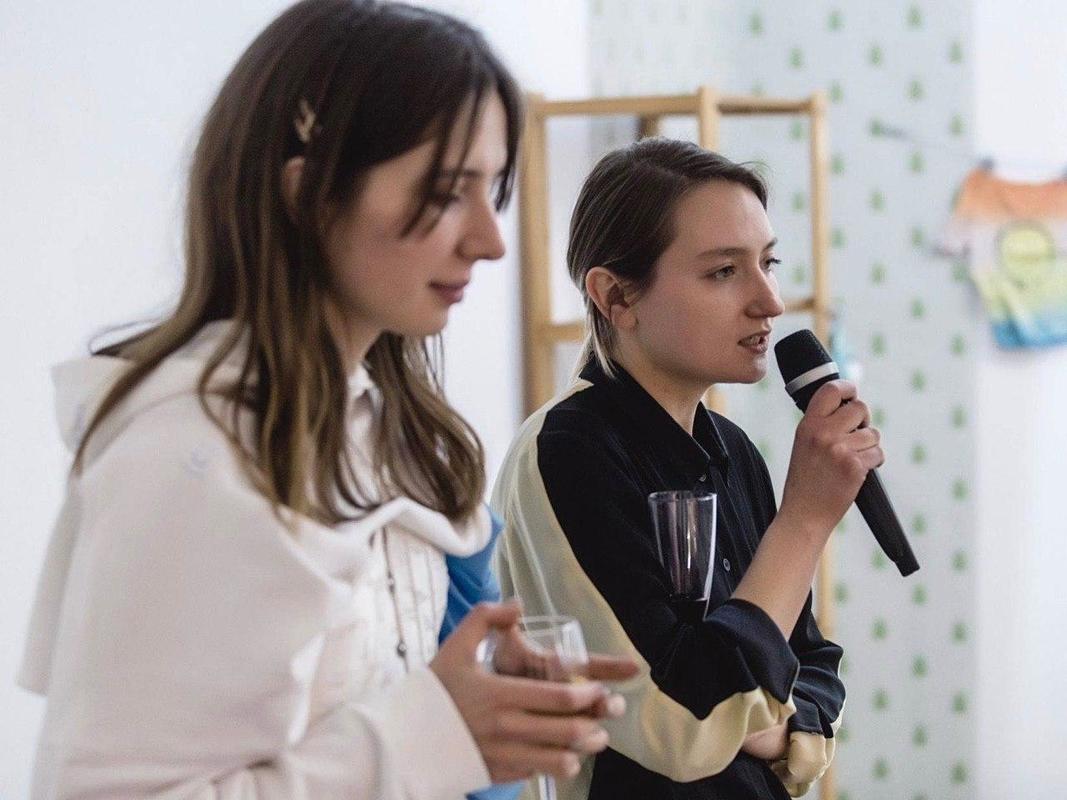
By that time, we had been sharing our interest in ceramics for over a year, exchanging photographs of works made by Russian and international artists via social media. And in November 2018 we decided to start working on an exhibition.
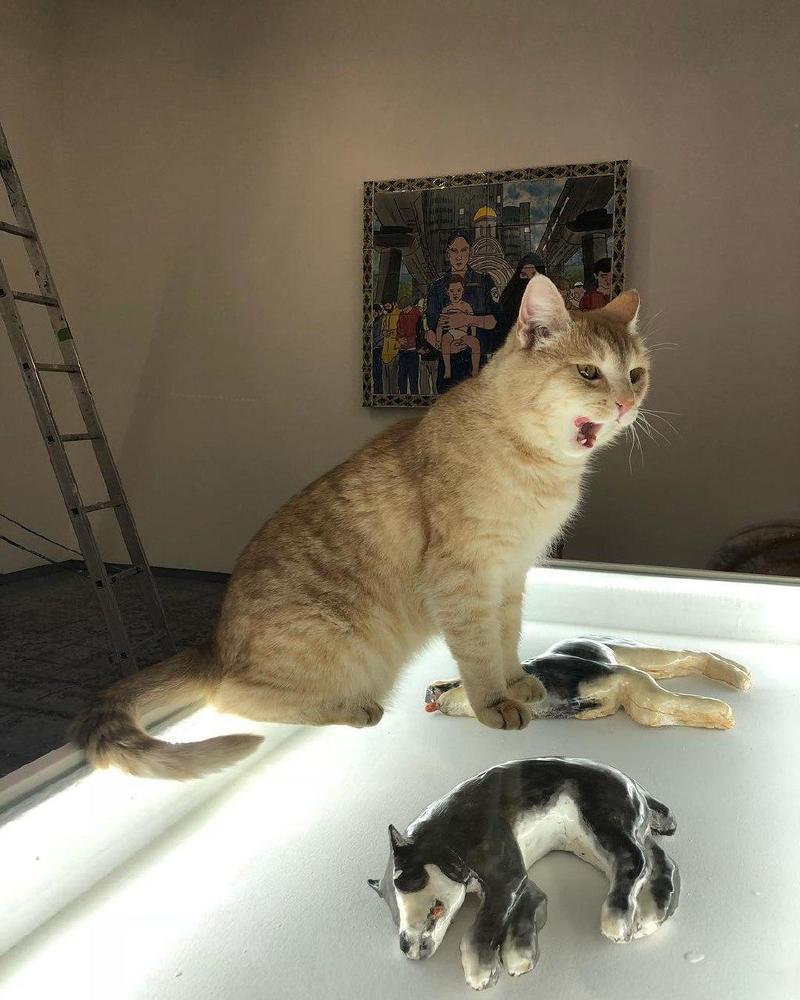
While working on the exhibition and thinking about a title for it, I stumbled across an article in the magazine Nauka i zhizn (Science and Life) that explained how the clay whistle was transformed from a magical instrument believed to be capable of causing wind or rain and scaring away evil spirits into something else. It developed in two different ways. The first resulted in a flute-type whistling device, with a clay, egg- or cigar-shaped body, i.e. an ocarina. The second involved becoming part of folklore, whereby the clay whistle can be both a separate object executed in the form of a bird or a small animal and part of an larger object, like the Filimonovo clay dolls.
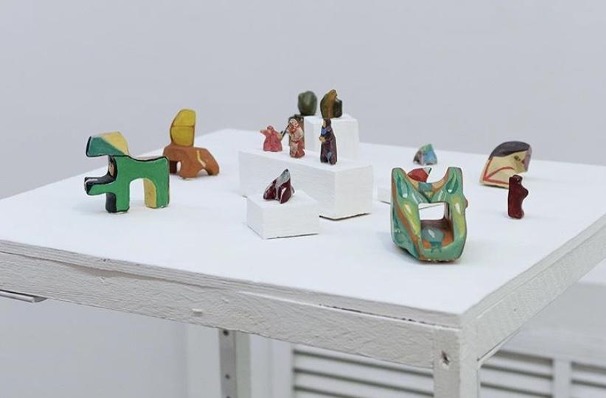
This split affected not just the clay toy, but also the material of clay in general. These two conditions-clay as a material of “high” sculpture and that of handicrafts-define the arch of relations explored by the exhibition.
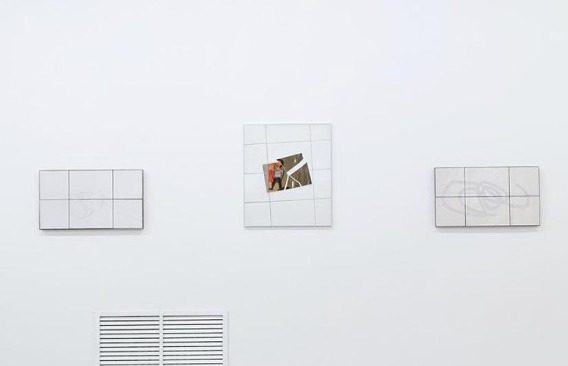
What is more associated with clay objects: a cozy flat-with dogs on the doorstep, tiled kitchen floor, a red corner, a kid’s room and cigarette butts on the balcony-the logic of which the show is built upon, or the white cube of a museum or exhibition space?
Along with this “high” curatorial question we were bothered by another, “low” one: how to ship works from Paris, Yekaterinburg, Nizhny Tagil and Moscow to this white cube space. And, frankly speaking, there were delivered in our and our friends’ hand luggage. Artists put their works at risk, we felt extremely nervous, a few pieces were slightly damaged, for instance, Andrey Syaylev’s “tile” printed onto a mirror surface (it is visible on the photo from the archive) and Apo Broche’s bear cub which cracked during the return shipping.
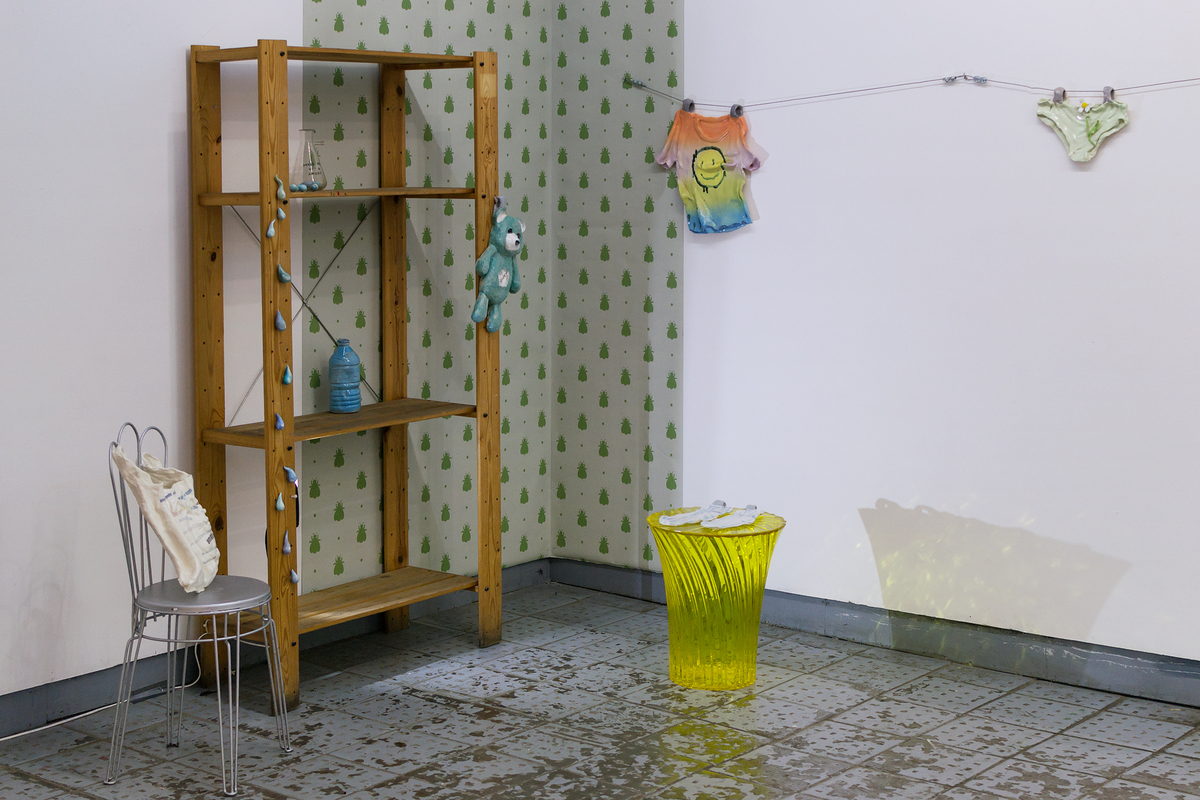
Lena took the burden of discussing it with Andrey and me, with Apo. Relief awaited both of us though, a very rarely experienced feeling-when you realize that everyone understands and is not disappointed. Speaking from today, May 2020, I can state that I still love ceramics, but only now I see clearly why.
It seems that we still automatically pronounce words about imposture while continuing to introduce ourselves as cool workers representing no less cool institutions, for example, when sending an offer to an artist to invite them contribute to a show. We try to overcome our imposture using the touching public ocarina-flute-but we genuinely experience it at our homes, just as we do with clay pots and plates.
